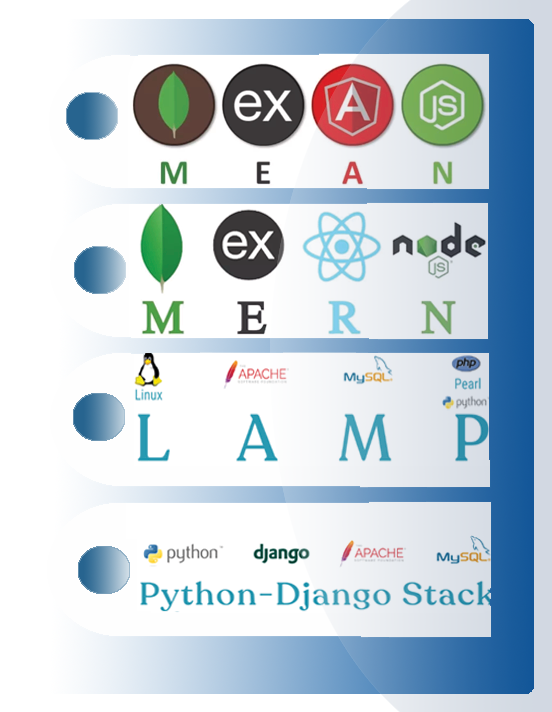Customized training programme
The way new technologies are emerging, it has become very difficult for organization to find and hire required skilled resources. Companies try spending fund to train candidates but, still struggling in improving overall productivity. At the same time, job seekers and students are not clear on what all to learn by utilizing their time effectively for acheiving a perticular goal. There is clear gap visible between what IT industry expects and what career aspirants accumulates.
- Applying a six step process to make our industrial training programs more effective
- Assessing the industry requirement and associated seekers
- Time bound model and recursive in nature
- Designing unique content and delivery method as per the audience
- Multi mode industrial training method
- Trainers with industry experience background
Why job seekers must prioritize industrial training ?
Our industrial training programme is the effort to prepare young minds with the software knowledge, skills, and experience required to succeed in their life by achieving career goals. Without a structured and custom plan, informative curriculum, and routine check-ins, it becomes difficult for young IT engineer to perform well even though they were good in academic or performing satisfactory in previous organization. A solid industrial training programme helps organization and employees both in saving lot of time on the JOB. Getting trained by us makes sure that a candidate perform wel in the JOB inetrview and also gets wel prepeared for delivering the required task within short period of time from his or her joining a company.
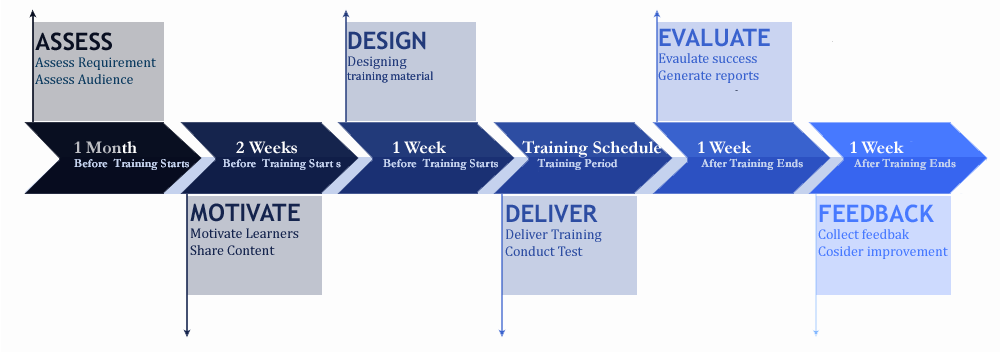
-
Assesing Your Profile and Your Goal
An screening is always helpful for a candidate in many ways. With this round, the candiate can undersatnd where he stands. The gap between what they can do now and what they must be able to do after the training, would also be coming out in clear by putting this effort in the begining of the training. After this this task, we analyze the knowledge gaps by conducting multiple mock tests. Then we categorize the candiates into three categories (beginner, intermediate, and advanced). This helps in paying attention to individual candidates and tailor training programs for them.
-
Desiging Personalized Training
Creating personalized learning content and method is the key to successful employee training programs. When creating training programs, we focus on the needs of the candiates, create training content that relates directly to career goals and break the training material into small chunks that are easier to understand, include real-time practice and opportunity for feedback during training. The whole training is put under a progressive timeline. To create an engaging learning experience, our training content includes storytelling and fun games into the training, descriptive images and videos to keep their attention for longer.
-
Delivering Training
While delivering the training, we follow the training plan along with the timeline that includes a schedule, the itinerary, and important milestones. A mix of subject expert trainers are engaged in delivering the training. The whole training programme is executed with a balanced session of theoretical and practical. Rewards on active participation in training is another value added step we have taken. As a result, the more the candidates enjoy the training program, the more they are likely to learn and apply their knowledge in real-time.
-
Performance evaluation and Awarded with a Certificate
Analyzing how much is learned by the candidates in the training programme, we have an evaluation process as part of the whole programme. We do it after completion of every big concept and one at the end of the training. There are two kind of test and evaluation we performed. One is open book test and other like a challenge test. A progress report is generated out the evaluation and submitted to the client.
-
Resolving Every Open Queries
The feedback sessions are conducted after every module, so it can be reviewed immediately, and the necessary changes can be applied to the next session. Once candidates clear all theri doubts and achieved the goals as per the training plan, we provide subsequent reinforcements to make sure they retain the new information long term. Keep attendees engaged in the learning process by giving them ongoing professional development opportunities.
What All You Would Learn
This is the era of Agile which confirms that a project must be developed and delivered in phases instead of the waterfall model. IT industry works in a continuous cycle of planning, executing, and evaluating; receiving continuous feedback from the customer, thereby making the final product relevant at the time of deployment and suitable for that environment. We teach and train you with all these phases of software development.
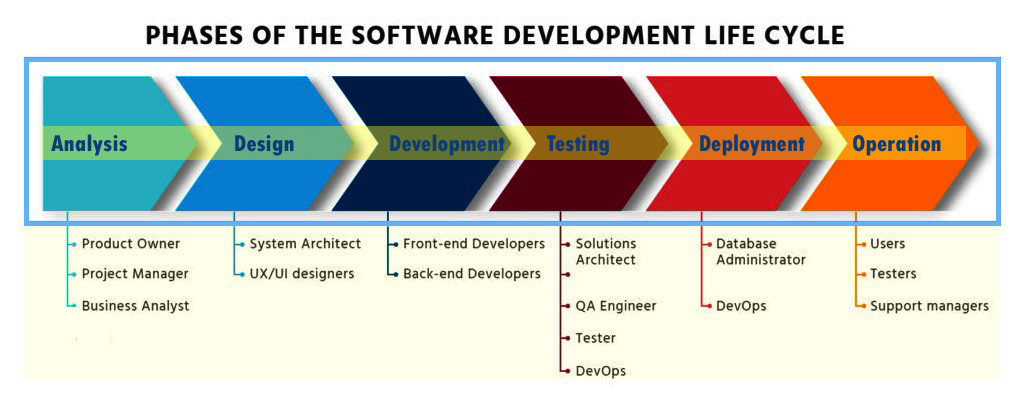
A Glimpse of Technologies


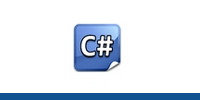












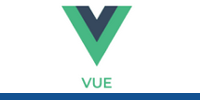









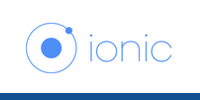











The Higly Demanded Skillset
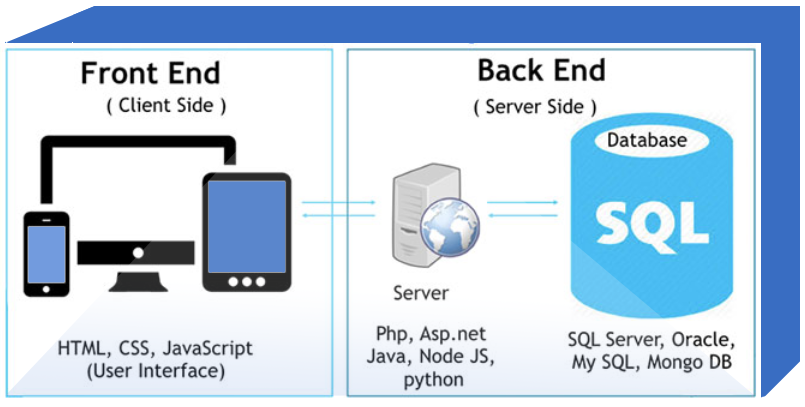
What Is Full Stack Development ?
Full stack development refers to the end-to-end application software development, including the front end and back end. The front end consists of the user interface, and the back end takes care of the business logic and application workflows.
We Train You on
- How to do designing of a software
- Writing code for the full-stack part of the software
- Testing and debugging software to keep it optimized
- Ensuring cross-platform compatibility and optimization
- Working with graphic designers to design the new features
- Testing and maintaining the responsive design of applications
- Keeping up with technological advances to optimize their software
- Considering security, maintenance, scalability etc. when developing
- Communicating effectiveness of emerging technologies to decision makers
The Full Stacks You can Learn
MEAN Stack:
MEAN stands for MongoDB, Express.js, AngularJS, and Node.js. It is a relatively new stack.
MEAN is a JavaScript stack used extensively for cloud-ready apps. The adaptability, scalability,
and extensibility make them an ideal alternative for cloud hosting. The stack includes its own web server,
allowing for easy deployment, and the database can be extended on-demand to meet transitory surges in consumption.
MERN Stack:
MongoDB, ExpressJS, ReactJS, and NodeJS are all parts of MERN.
MERN stack is a well-known JavaScript stack used to build faster and more reliable full-stack web applications.
It has a robust back-end and database management system and helps with all front-end development.
It is made to help full-stack applications be built with just one language, javascript.
It can be used in almost every type of development, such as cross-platform app development, game development,
machine learning etc.
Django Stack :
Python is the programming language used to create Django, a free and open-source web framework.
When developing websites, one ought to use Django in the following circumstances:
For constructing a backend for a web application or API.
To facilitate the Rapid Development of a specific web application
Fast deployment of the application and scaling it to meet your requirements are both included.
The goal of this project is to create a safe single-page application that can either retrieve data or publish data.
Rails or Ruby on Rails:
Ruby is an object-oriented, interpreted scripting language that is open source.
Ruby on Rails is used chiefly for server-side scripting and web application development.
Ruby on Rails can also be used to create interface scripts. The Rails framework is popular among
developers for several reasons, including Rails scripts can contain HTML code.
It effortlessly connects to databases.
LAMP Stack :
It is a standard set of services needed when setting up a server for web development.
Linux, Apache, MySQL, and PHP are what LAMP stands for.
Notably, Linux is an operating system that runs the rest of the parts.
Apache HTTP Server is software for web servers that serves static web pages.
MySQL is a relational database management system used to create and manage web databases, as well as for data warehousing, application logging, e-commerce, etc.
Programming languages like PHP, Perl, and Python are used to make web apps.
With all of the parts, you can make database-driven, dynamic websites.
